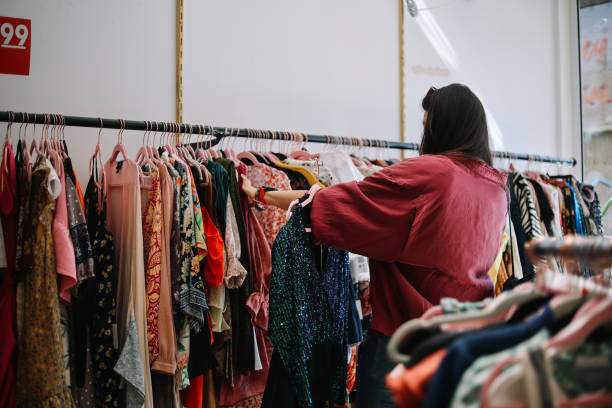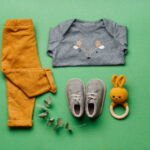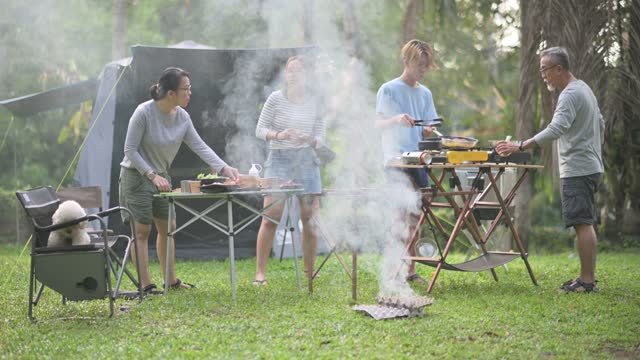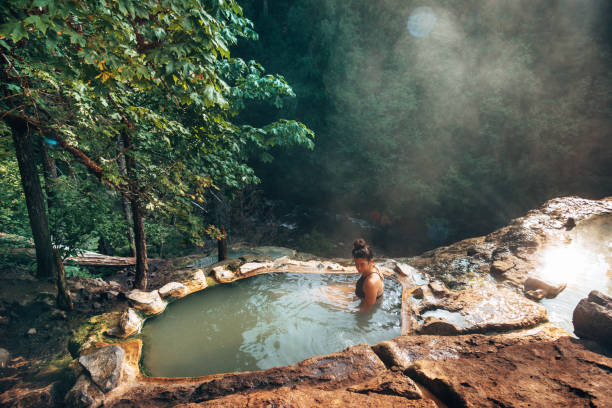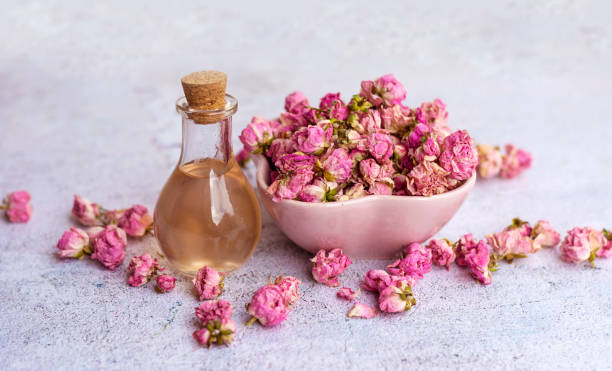The Beauty of Vintage and Second-Hand Shopping: Sustainable Style Choices
This post contains affiliate links. I may earn a commission at no extra cost to you if you make a purchase. Note that I’m not a health or outdoor safety professional, so further research is advised. Your support keeps Outdoors A-Z running—thank you! Read the full disclosure.. Read the full disclosure here.
In today’s fast-paced world, where trends come and go in the blink of an eye, embracing sustainable fashion choices has become more important than ever. While the allure of fast fashion may seem tempting, it often comes at a high environmental cost. This article explores the beauty of vintage and second-hand shopping as sustainable style choices, highlighting their benefits and providing tips for successful shopping experiences.
Table of Contents
Introduction
In this fast-paced and consumer-driven society, fashion trends change rapidly, leading to a culture of disposable clothing. However, a growing awareness of the environmental impact of the fashion industry has sparked a shift towards sustainable fashion choices. Vintage and second-hand shopping has emerged as a beautiful and sustainable alternative that not only allows individuals to express their unique style but also helps reduce waste and promote a circular economy.
What is Vintage and Second-Hand Shopping?

Vintage shopping involves seeking out clothing and accessories from previous eras, typically from the 1920s to the 1980s. On the other hand, second-hand shopping refers to purchasing pre-owned items, including modern clothing, shoes, and accessories. Both options provide an opportunity to discover hidden gems and create a personal style statement that stands out from the crowd.
The Environmental Impact of Fast Fashion
Fast fashion, characterized by cheaply produced and rapidly changing clothing collections, has a detrimental impact on the environment. The excessive use of resources, including water and energy, as well as the generation of vast amounts of textile waste, contribute to pollution and climate change. By embracing vintage and second-hand shopping, individuals can reduce their carbon footprint and play a part in combating the negative effects of fast fashion.
The Rise of Sustainable Fashion
The fashion industry is gradually shifting towards sustainability, with many brands adopting eco-friendly practices. Sustainable fashion focuses on minimizing environmental impact, supporting fair labor practices, and promoting ethical production processes. Vintage and second-hand shopping align perfectly with these principles, as they involve reusing and repurposing existing items, reducing the demand for new production.
Benefits of Vintage and Second-Hand Shopping

Finding Unique and One-of-a-Kind Pieces
Vintage and second-hand shopping offer an exciting opportunity to discover unique and one-of-a-kind pieces. Whether it’s a vintage dress from the 1950s or a trendy designer handbag from a previous season, these items carry a sense of history and individuality. By incorporating such pieces into their wardrobe, individuals can make a fashion statement that is truly their own.
Cost-Effectiveness and Value for Money
One of the major advantages of vintage and second-hand shopping is the cost-effectiveness it offers. Items that may have been expensive when new can often be found at a fraction of the original price. This allows fashion enthusiasts to build a high-quality wardrobe without breaking the bank, making sustainable style choices accessible to a wider audience.
Supporting Local Businesses and Charitable Causes
Many vintage and second-hand shops are small, locally owned businesses or charity thrift stores. By purchasing from these establishments, shoppers not only support local economies but also contribute to charitable causes. It’s a win-win situation that allows individuals to make a positive impact while adding unique pieces to their wardrobe.
Embracing Personal Style and Self-Expression
Vintage and second-hand shopping provide individuals with a platform to express their personal style and creativity. By curating a wardrobe filled with unique and eclectic pieces, individuals can break free from the cookie-cutter fashion trends and embrace their individuality. It’s an opportunity to stand out from the crowd and create a style that is truly their own.
Promoting a Circular Economy
In a linear economy, items are produced, used, and discarded. In contrast, a circular economy aims to minimize waste and keep products in use for as long as possible. Vintage and second-hand shopping embody the principles of a circular economy by extending the lifespan of clothing and reducing the demand for new production. By participating in this process, individuals actively contribute to a more sustainable future.
Tips for Successful Vintage and Second-Hand Shopping
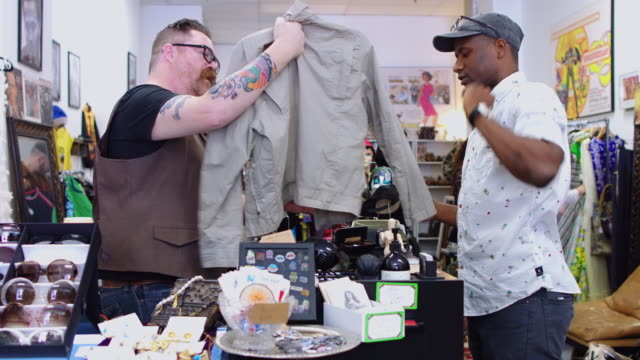
- Do Your Research: Familiarize yourself with different eras, brands, and styles to help narrow down your search.
- Explore Local Thrift Stores and Markets: Discover hidden gems by exploring local vintage shops, thrift stores, and flea markets.
- Check Online Marketplaces: Online platforms offer a vast selection of vintage and second-hand items, providing convenience and variety.
- Inspect Items Carefully: Pay attention to details such as quality, condition, and any potential repairs needed before making a purchase.
- Try Before You Buy: When possible, try on clothing and accessories to ensure a proper fit and avoid disappointment.
The Joy of the Thrill Hunt
Vintage and second-hand shopping is an adventure in itself, often involving a thrilling hunt for unique treasures. Whether it’s stumbling upon a rare vintage piece or finding a hidden gem at a bargain price, the excitement of the search adds to the charm of sustainable fashion choices.
Caring for Vintage and Second-Hand Items
To ensure the longevity of vintage and second-hand items, proper care is essential. Follow specific care instructions for delicate fabrics, repair any damages promptly, and store items properly to maintain their quality. With proper care, these items can be enjoyed for many more years to come.
Overcoming Stereotypes and Misconceptions
Some people may have reservations about vintage and second-hand shopping, associating it with outdated or worn-out items. However, it’s important to overcome these stereotypes and misconceptions. Vintage and second-hand shopping offer a world of possibilities, allowing individuals to create unique, fashionable, and sustainable looks.
Final Thoughts
In a world where fashion trends change rapidly and the environmental impact of fast fashion continues to grow, vintage and second-hand shopping emerges as a beautiful and sustainable style choice. By embracing these options, individuals can find unique pieces, reduce their carbon footprint, support local businesses and charitable causes, and express their personal style. With proper research, care, and an adventurous spirit, anyone can enjoy the beauty of vintage and second-hand shopping.
FAQs
Is vintage shopping only for people interested in historical fashion?
Not at all! Vintage shopping offers a wide range of styles from various eras, allowing individuals to find pieces that suit their personal taste and style.
Are second-hand clothes of lower quality compared to new ones?
Not necessarily. Second-hand clothes can vary in quality, just like new clothes. With proper inspection and care, you can find high-quality second-hand items that are in excellent condition.
Can I find popular designer brands through vintage and second-hand shopping?
Absolutely! Many vintage and second-hand stores carry designer brands, offering the opportunity to find high-end pieces at more affordable prices.
How can vintage and second-hand shopping contribute to sustainability?
By reusing and repurposing existing items, vintage and second-hand shopping helps reduce the demand for new production, minimizing waste and promoting a circular economy.
Where can I start my vintage and second-hand shopping journey?
Begin by exploring local thrift stores, vintage shops, and online marketplaces. You’ll be amazed at the hidden treasures you can find by taking the first step into the world of sustainable fashion.

